RobotLAB Blog
Everything You Need To Know About Robotics in Businesses
Augmented Reality: A Tool for Teaching Students Robot Programming
By Carol Grace for RobotLAB.com

The recent years saw an increased adoption of technology in education, from the shift to virtual learning environments to the use of robotics within classrooms. For instance, a previous post highlights how collaborative robots or cobots have limitless potential not only for improving workplace health and safety but also for transforming education, particularly in the context of teaching engineering. Through open-ended, flexible programming, cobots can help students hone their problem-solving skills and adapt to more complex robotic applications.
Beyond cobots, another emerging technology that demonstrates benefits in classroom settings is augmented reality. Below, we take a look at what augmented reality is and how its applications can particularly help students better understand robot programming.
- 1 Comments
- Jun 3, 2024 10:00:17 AM
- Posted by Maria Alejandra Calcetero
- Topics: STEM, School, Robots,, k12, STEM literacy, school robots
Fostering Innovation Through Youth Education in STEM and EdTech
 Image Source: Unsplash
Image Source: Unsplash
Technological innovation is on the rise, and the world of today looks very different for most than it did ten years ago. With most having access to formerly cutting-edge tech like smartphones and tablets, and new breakthroughs in blockchain and AI technology, the difference is notable; and likely will continue to be so as these innovations become more widely accepted.
As an educator, you’ve likely seen some changes to your day-to-day operations. With cutting-edge educational technology, back-office software that eliminates manual record-keeping, and automation you can leverage to connect with students and parents, you’re seeing an unprecedented amount of technological support. You’ve also, likely, struggled to adapt and learn new systems.
- 0 Comments
- May 16, 2024 2:47:32 PM
- Posted by Maria Alejandra Calcetero
- Topics: STEM, School, Robots,, k12, STEM literacy, school robots
How Parents Can Foster STEM Learning Beyond the Classroom
 Image Source: Pexels
Image Source: Pexels
Science, technology, engineering, and math (STEM) concepts are central parts of life today. There are few jobs and everyday tasks that aren’t in some way supported or driven by advanced tools. This makes it increasingly vital that students can confidently navigate STEM subjects.
Unfortunately, there’s limited time during the school day to devote to this. As a parent, one of the ways to support their in-class education is to foster STEM learning at home. Even a little extra STEM activity, with encouragement from you, can help bolster their understanding, equipping them for the world they’ll be entering as adults.
- 0 Comments
- Apr 19, 2024 11:37:43 AM
- Posted by Maria Alejandra Calcetero
- Topics: STEM, School, Robots,, k12, STEM literacy, school robots
How Robotics Cultivates a Deep Understanding of Mathematics in Students
Image Source: Pexels
- 0 Comments
- Apr 4, 2024 12:11:37 PM
- Posted by Maria Alejandra Calcetero
- Topics: STEM, School, Robots,, k12, STEM literacy, school robots
RobotLAB Receives EDTech Chronicle 2023 ‘BESTIE’ Award for Landmark Partnership with American Samoa Dept. of Education.
The Global Robotics Integrator Earned ‘Best Partnership' for Expanding EdTech Access Across American Samoa
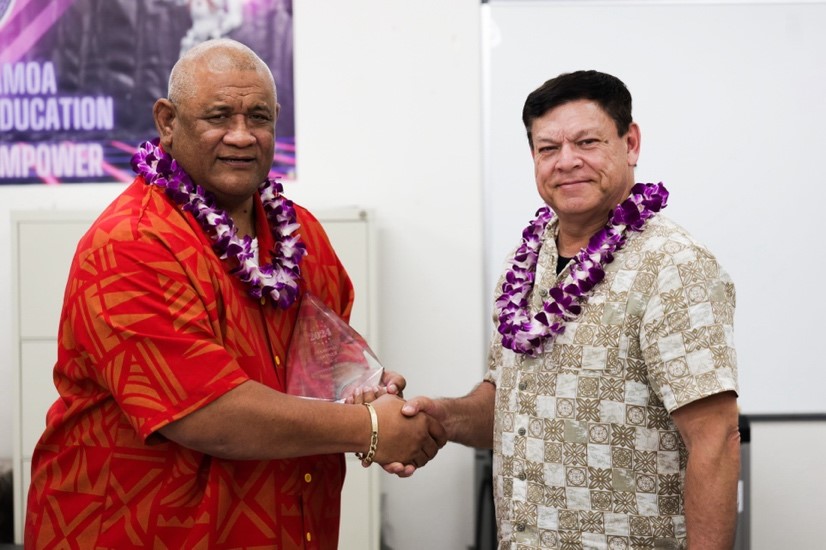 |

|
American Samoa Department of Education Head of Technology Integration Office Dr. Solomona Tuisamatatele (left) and RobotLAB Director of Customer Success Paul Knaack (right)
DALLAS (April 2, 2024) – RobotLAB, an award-winning robotics integrator that delivers impactful technological innovations and solutions for educators and business owners across the globe, has earned ‘Best Partnership’ in EdTech Chronicle’s 2023 Best in Education Awards for its transformative partnership with the American Samoa Department of Education. The inaugural “Bestie” Awards recognize people and partnerships that improve education technology access and learning across the globe. Inked in late 2023, RobotLAB’s partnership with the American Samoa Department of Education provided education technology solutions for all K-12 public schools in the island nation, including special education bundles for schools that offer autism therapy. The programs expose students to age-appropriate technology and encourage a mastery of computer science, artificial intelligence, automation, STEM and robotics.
- 0 Comments
- Apr 3, 2024 8:37:22 AM
- Posted by Maria Alejandra Calcetero
- Topics: STEM, School, Robots,, k12, STEM literacy, school robots
Robotics in STEM Education: Building the Innovators of Tomorrow
By Katie Brenneman
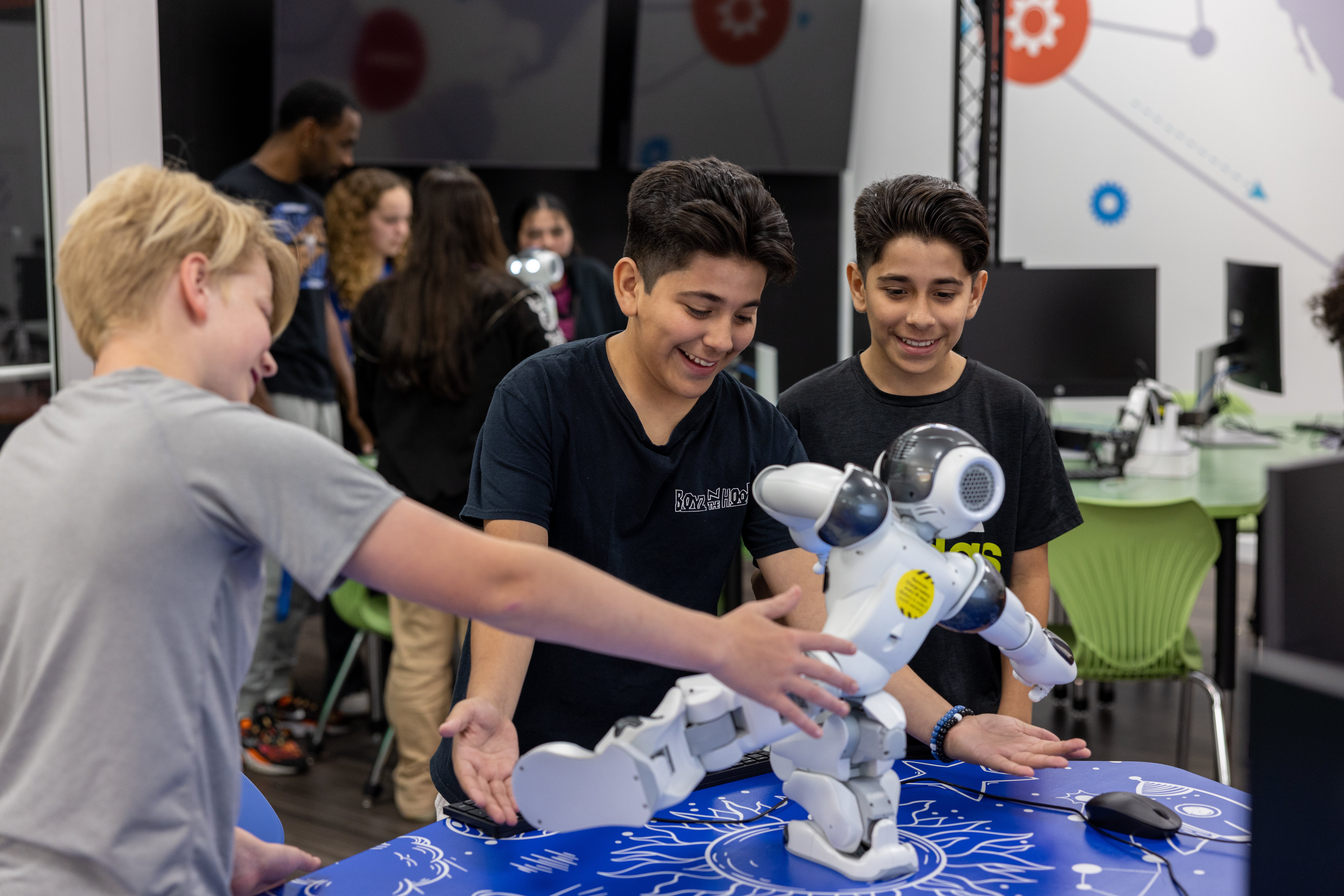
The power of a STEM-based education will never be understated. As a society, we have a growing dependence upon advanced technologies, even in industries that don’t initially appear directly related to STEM, which makes this type of education absolutely critical. The skills learned through science, technology, engineering, and math will continue to be essential to our society far into the future.
In the coming years, chances are that STEM advances will continue to have a bigger and bigger impact on our lives. One of the ways it will happen is through the incorporation of more robotics. Thousands of jobs will be lost to robotics and automation while thousands more will be created, largely in fields associated with managing and maintaining robotic systems. To prepare for this, our students will need to become familiar with robotics and become the innovators of tomorrow.
- 0 Comments
- Apr 2, 2024 1:53:54 PM
- Posted by Maria Alejandra Calcetero
- Topics: STEM, School, Robots,, k12, STEM literacy, school robots
Five New Technologies in Education Transforming School Operations
By Softbank Robotics
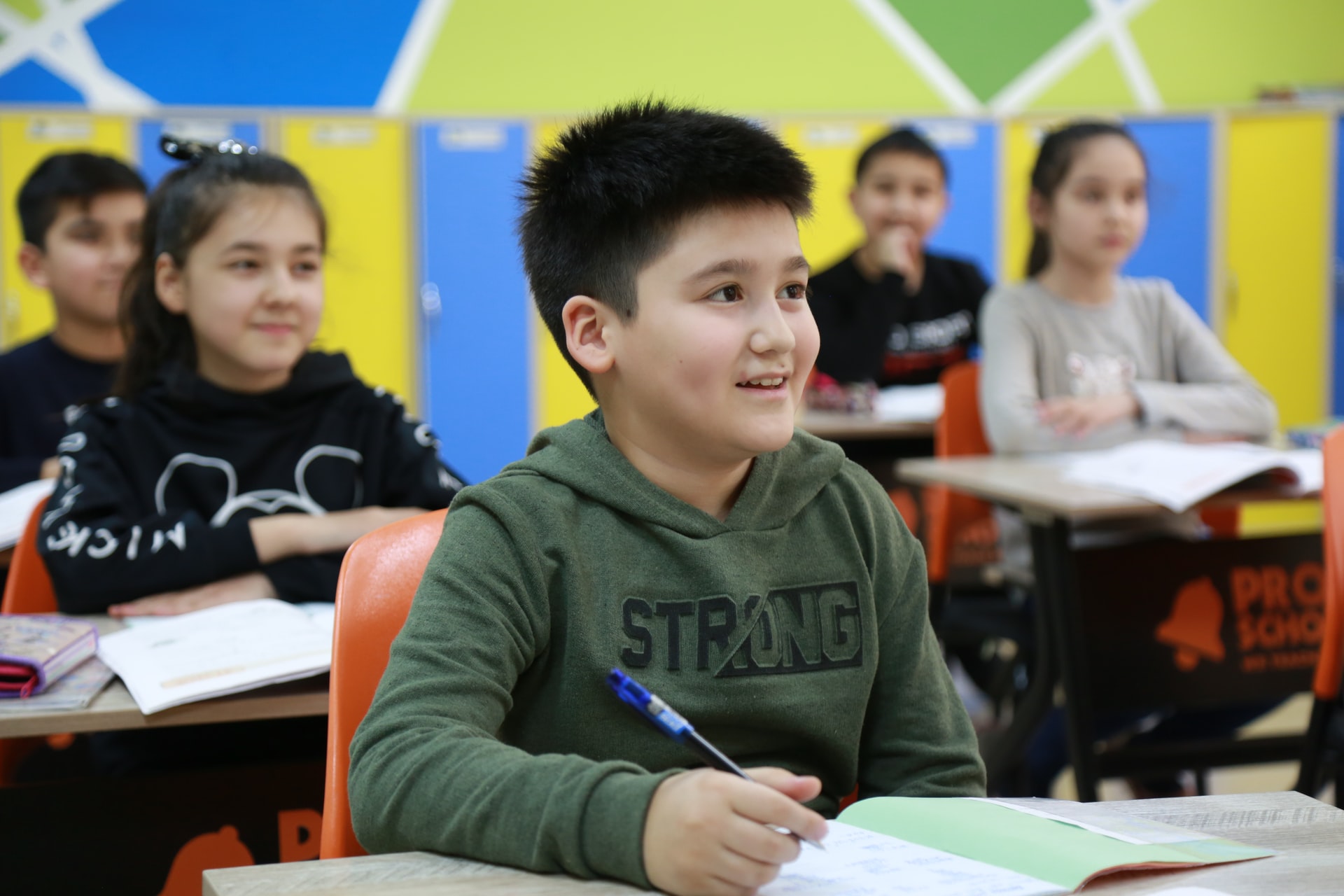
New technologies like remote learning platforms, big data, and AI are changing the way students learn (and the way schools are managed). From early childhood, to K-12, to higher education, and beyond, new tech in schools is opening up transformational possibilities for instruction, student support, and school operations. Below, we cover some of the most valuable technological innovations helping school administrators and their staff deliver a quality educational experience while adapting to staffing challenges and tight budgets.
- 0 Comments
- Aug 10, 2023 4:26:32 PM
- Posted by Maria Alejandra Calcetero
- Topics: Robotics, EdTech, STEM, Education, code, 21st Century Classroom, Special Education, Artificial Intelligence, data literacy, Coding, Robots,, students, programming, Technology, VR, STEMchat, Edchat, AI, k12, virtual learning, classroom, Inteligencia Artificial, Literacy, STEM literacy
How AI Should Be Used in Education
By Ellie Gabel
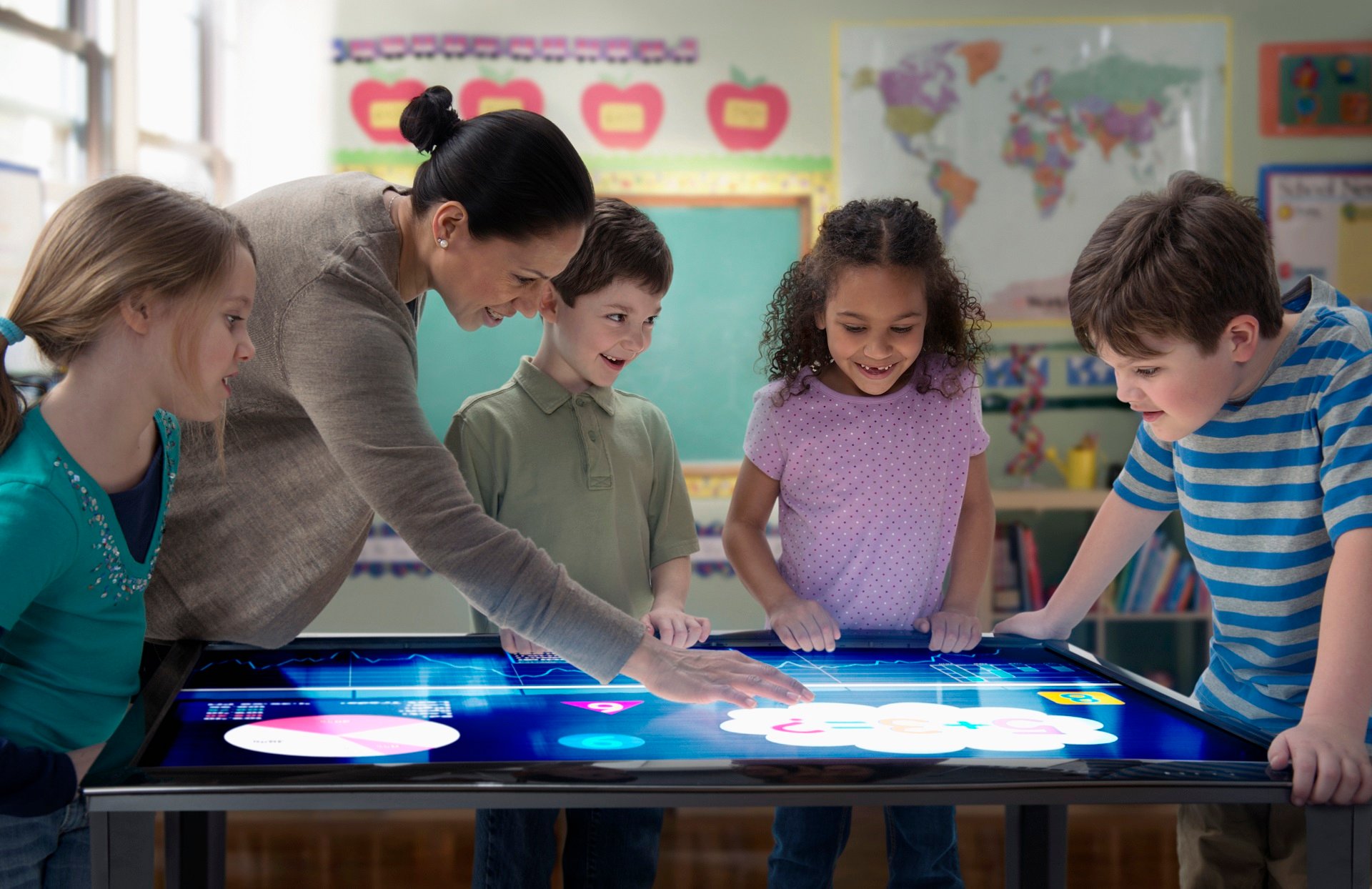
Is artificial intelligence in education the future or a risky new tool for cheating? AI can be a highly beneficial technology for students and teachers alike. When used wisely, it can help kids learn at their own pace or provide valuable support for educators. How can the sector leverage AI to benefit students and teachers without compromising safety or integrity?
- 2 Comments
- Jul 26, 2023 3:41:20 PM
- Posted by Maria Alejandra Calcetero
- Topics: Robotics, EdTech, STEM, Education, code, 21st Century Classroom, Special Education, Artificial Intelligence, data literacy, Coding, Robots,, students, programming, Technology, VR, STEMchat, Edchat, AI, k12, virtual learning, classroom, Inteligencia Artificial, Literacy, STEM literacy
Innovative Curriculums That Spark Enthusiasm in STEM and Robotics Students
By Katie Brenneman
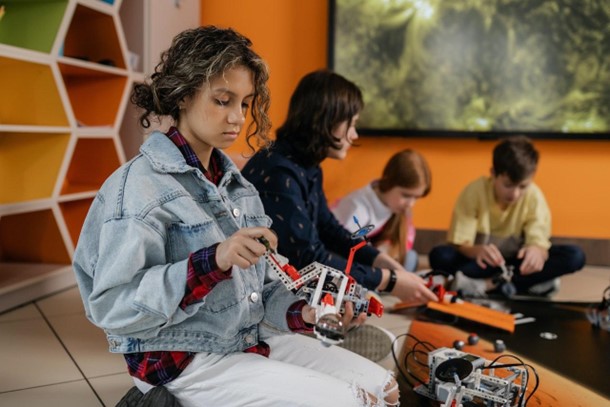
Image Source: Pexels
The continued rise of the digital landscape has revolutionized the world we live in. A range of day-to-day interactions are influenced by advanced tools and technical ideas. It is, therefore, essential to ensure that students today benefit from a science, technology, engineering, and math (STEM) education, alongside an understanding of robotics. After all, these elements are likely to continue to be core parts of their future.
However, as important and fascinating as these subjects are, not all students will be enthusiastic about them. Some of the ideas can be complex or might seem to not tie into the more creative subjects certain students prefer. This is where identifying innovative approaches to STEM and robotics curricula can ensure you can offer students an engaging and enriching education.
- 0 Comments
- Jul 20, 2023 6:50:50 PM
- Posted by Maria Alejandra Calcetero
- Topics: Robotics, EdTech, STEM, Education, code, 21st Century Classroom, Special Education, Artificial Intelligence, data literacy, Coding, Robots,, students, programming, Technology, VR, STEMchat, Edchat, AI, k12, virtual learning, classroom, Inteligencia Artificial, Literacy, STEM literacy
10 Simple Ways to Introduce AI to Elementary and Middle School Students
By Carla Jose
Image Source: Unsplash
If we think about the world our elementary and middle school students are growing up in, we notice that everyday tasks are constantly being redefined by artificial intelligence (AI).
From voice assistants to self-driving cars, AI is changing the way we live, work, and play, and introducing students to these ideas at a young age can open a world of opportunities for them. However, teaching such an abstract concept can be challenging for some. But fear not!
This handy guide will walk you through ten simple ways to make AI a part of your school curriculum, creating truly engaging and interactive lessons for all of your young learners.
Let's delve into the fascinating journey of acquainting kids with artificial intelligence concepts!
- 1 Comments
- Jul 18, 2023 11:01:35 AM
- Posted by Maria Alejandra Calcetero
- Topics: Robotics, EdTech, STEM, Education, code, 21st Century Classroom, Special Education, Artificial Intelligence, data literacy, Coding, Robots,, students, programming, Technology, VR, STEMchat, Edchat, AI, k12, virtual learning, classroom, Inteligencia Artificial, Literacy, STEM literacy
Relevant Posts
- Augmented Reality: A Tool for Teaching Students Robot Programming
- Fostering Innovation Through Youth Education in STEM and EdTech
- How Parents Can Foster STEM Learning Beyond the Classroom
- How Robotics Cultivates a Deep Understanding of Mathematics in Students
- RobotLAB Receives EDTech Chronicle 2023 ‘BESTIE’ Award for Landmark Partnership with American Samoa Dept. of Education.
Subscribe to Email Updates
-
I Want To Learn MoreADDITIONAL INFORMATION
